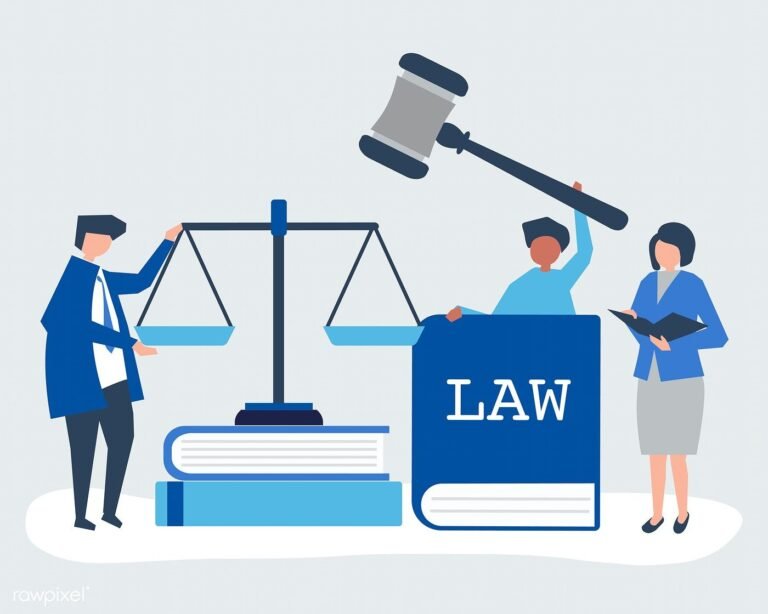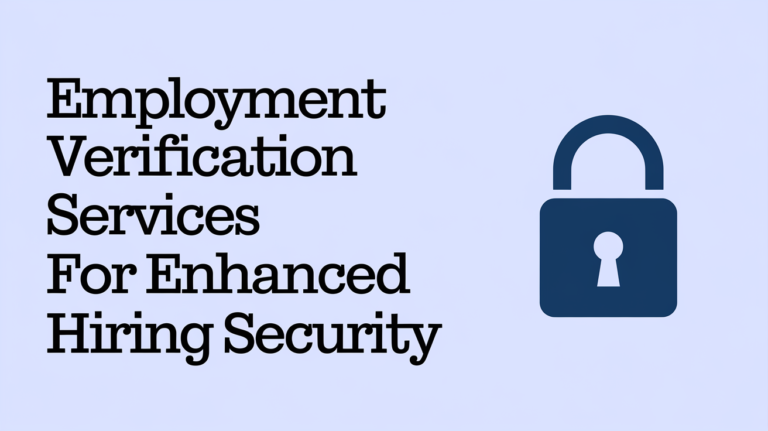How to Learn Data Science from Scratch: A Step-by-Step Guide
Data Science is an exciting and in-demand field that merges mathematics, programming, and domain expertise to derive insights and predict future trends from data. Whether you are looking to transition into a new career or want to acquire data science skills for your current job, starting from scratch might seem daunting. However, with a structured plan and the right resources, anyone can learn data science. Here’s a comprehensive guide to help you start learning data science from scratch.
Table of Contents
Toggle1. Understand the Core Concepts of Data Science
Before diving into coding or algorithms, it’s crucial to understand the fundamentals of data science. Familiarize yourself with the basic concepts and terminology that data scientists use daily. Here’s what you should focus on:
- Data Manipulation and Analysis: Learn about data types, data structures, and how to manipulate datasets using libraries like Pandas or NumPy.
- Statistics and Probability: Grasp the essentials of descriptive statistics, probability theory, and hypothesis testing.
- Machine Learning Algorithms: Understand the basics of supervised, unsupervised, and reinforcement learning.
- Data Visualization: Learn how to present data in a meaningful way using tools like Matplotlib, Seaborn, or Tableau.
Pro Tip: You can start by reading foundational books like “Introduction to Data Science” or online resources like Coursera and edX courses that offer comprehensive introductions to the field.
2. Learn a Programming Language: Python or R
Programming is at the heart of data science. Python and R are the two most popular languages used in data science because of their ease of learning and robust libraries. Here’s what you should do:
- Choose Python if You’re a Beginner: Python is considered the most beginner-friendly programming language and has extensive support for data manipulation and machine learning.
- Focus on Libraries: Familiarize yourself with key libraries such as:
- Pandas: For data manipulation and analysis.
- NumPy: For numerical computations.
- Scikit-Learn: For implementing machine learning algorithms.
- Matplotlib and Seaborn: For data visualization.
- Practice Regularly: Coding is best learned through practice. Use platforms like Kaggle, DataCamp, or LeetCode to solve coding problems and take on small projects.
3. Build a Strong Foundation in Mathematics
Data Science heavily relies on mathematical concepts, especially linear algebra, calculus, and statistics. While you don’t need to be a math genius, having a basic understanding will make the advanced concepts easier to grasp.
- Statistics: Focus on topics like probability, distributions, and inferential statistics.
- Linear Algebra: Learn about vectors, matrices, and eigenvalues.
- Calculus: Understand differentiation and integration, particularly for optimization in machine learning algorithms.
Suggested Resources:
- “Mathematics for Machine Learning” (Book)
- Khan Academy’s online tutorials on Linear Algebra and Probability.
4. Learn How to Work with Data
Data wrangling and cleaning are crucial skills in data science. In real-world scenarios, data is often messy and requires cleaning and preprocessing. Mastering these skills will help you handle any dataset confidently.
- Data Collection: Understand how to gather data from different sources, including CSV files, SQL databases, or scraping websites.
- Data Cleaning: Learn techniques to handle missing data, remove duplicates, and correct formatting issues.
- Data Transformation: Practice normalizing, scaling, and encoding variables to prepare them for analysis.
Tip: Try out some hands-on projects, such as cleaning and analyzing public datasets from Kaggle or creating a simple web scraper.
5. Explore Machine Learning Algorithms
Machine learning is a core component of data science that involves training models to make predictions or classify data. Start with the most commonly used algorithms:
- Supervised Learning: Linear regression, logistic regression, decision trees.
- Unsupervised Learning: K-means clustering, hierarchical clustering.
- Reinforcement Learning: Understand concepts like exploration vs. exploitation and learning policies.
Tools: Use Python libraries like Scikit-Learn, TensorFlow, or PyTorch to implement machine learning models.
6. Practice with Real-World Projects
Once you have a grasp of the basics, it’s essential to start building projects to apply your skills. Real-world projects will not only deepen your understanding but also build your portfolio for potential employers.
Project Ideas:
- Predictive Modeling: Build a house price prediction model using linear regression.
- Classification: Classify emails into spam or non-spam using logistic regression.
- Data Visualization: Create interactive visualizations using Tableau or Power BI.
- Web Scraping: Collect and analyze data from e-commerce websites to understand pricing patterns.
Showcase Your Work: Publish your projects on GitHub, write about them on Medium, or participate in Kaggle competitions.
7. Learn Data Visualization Techniques
Data visualization is a critical skill in data science that enables you to communicate your findings clearly. Learn to create:
- Basic Plots: Line charts, bar graphs, scatter plots.
- Advanced Visuals: Heatmaps, pair plots, and interactive dashboards.
Tools to Explore:
- Matplotlib & Seaborn: For static visualizations in Python.
- Tableau & Power BI: For creating professional-level interactive dashboards.
8. Understand Big Data Technologies
Data science often involves working with large datasets that traditional tools can’t handle. Get familiar with:
- Big Data Tools: Hadoop, Spark, and NoSQL databases like MongoDB.
- Cloud Platforms: AWS, Google Cloud, and Microsoft Azure for scalable storage and computing.
Suggested Learning Path:
- Enroll in online courses specific to big data technologies.
- Experiment with cloud services through their free tiers.
9. Network and Join a Data Science Community
Networking and community participation are invaluable for learning and professional growth. Join data science forums, attend meetups, and engage in discussions on platforms like LinkedIn, Reddit, or Kaggle.
- Join Data Science Slack Channels: Many communities have dedicated channels where professionals and beginners interact.
- Participate in Competitions: Kaggle competitions can provide real-world problem-solving experience.
- Attend Webinars and Conferences: Engage with thought leaders and stay updated with industry trends.
10. Keep Learning and Stay Updated
Data science is a rapidly evolving field. Stay ahead by continuously learning and practicing.
- Follow Industry Blogs and Websites: Analytics Vidhya, Towards Data Science, and KDnuggets.
- Read Research Papers: Platforms like ArXiv and IEEE offer the latest research in machine learning and data science.
- Build a Habit of Continuous Learning: Schedule time each week to explore new topics or projects.
Conclusion
Learning data science from scratch requires dedication, practice, and a structured approach. By following this step-by-step guide, you’ll build a strong foundation and develop the necessary skills to become a proficient data scientist. Start small, stay consistent, and most importantly, enjoy the process!
Let me know if you’d like to expand on any section or need help with specific resources!
FAQ Section
1. What is the best way to start learning data science from scratch?
The best way to start learning data science is by understanding the core concepts like statistics, data manipulation, and machine learning. Begin with a programming language like Python, work on small projects, and build a solid foundation in mathematics and data visualization.
2. How long does it take to learn data science from scratch?
The time required to learn data science depends on your background and dedication. Typically, if you dedicate 10-15 hours per week, it might take 6-12 months to gain a good understanding of the basics and work on small projects.
3. Do I need a degree to learn data science?
No, you don’t necessarily need a formal degree. Many successful data scientists are self-taught. Online courses, books, and real-world projects are effective ways to build your skills and portfolio.
4. What programming language should I learn first for data science?
Python is the most recommended language for beginners due to its simplicity and extensive data science libraries like Pandas, NumPy, and Scikit-Learn. R is another option for statistical analysis and visualization.
5. What are the key skills required to become a data scientist?
Key skills include proficiency in programming (Python or R), a strong foundation in statistics and probability, knowledge of machine learning algorithms, data wrangling and cleaning skills, and the ability to visualize and communicate insights effectively.
6. Can I learn data science without any prior programming experience?
Yes, you can start learning data science without prior programming experience. Python, being beginner-friendly, is an excellent starting point. Begin with basic programming concepts and gradually move on to data manipulation and analysis.
7. What are some good projects for beginners in data science?
Beginner projects include predictive modeling (e.g., house price prediction), classification (e.g., spam email detection), data visualization projects, and web scraping. Working on real datasets will help you apply theoretical knowledge to practical problems.
8. What are the common tools used in data science?
Common tools include Python, R, Jupyter Notebook, Scikit-Learn for machine learning, Pandas for data manipulation, Matplotlib and Seaborn for visualization, and cloud platforms like AWS or Google Cloud for big data projects.
9. Is learning data science worth it in 2024?
Yes, learning data science is highly valuable in 2024. Data science roles are in high demand across industries such as healthcare, finance, retail, and tech, offering lucrative salaries and career growth opportunities.
10. What online resources are best for learning data science?
Some of the best online resources include:
- Coursera’s Data Science Specialization by Johns Hopkins University
- Udacity’s Data Scientist Nanodegree
- Books like “Python for Data Analysis” by Wes McKinney and “Data Science for Business” by Foster Provost.
Why You Need Must to Read These Blogs:
How to Find the Key Code for a Yamaha 2011 Stryker
Chevy Bolt Battery Replacement: A Comprehensive Guide
Understanding Circuit Symbols and Their Importance in Circuit Diagrams
UML Design for “Star Invader Game”: A Comprehensive Guide
The Top 20 Must-Have Chrome Extensions for Boosting Productivity
How to Track a Phone Number in the UK for Free
Can You Use a Regular Printer for Sublimation? Explained!
How to Set Up an Astrology Consultation Business.






